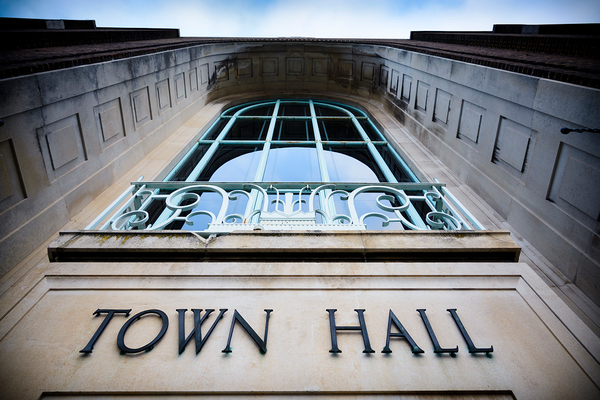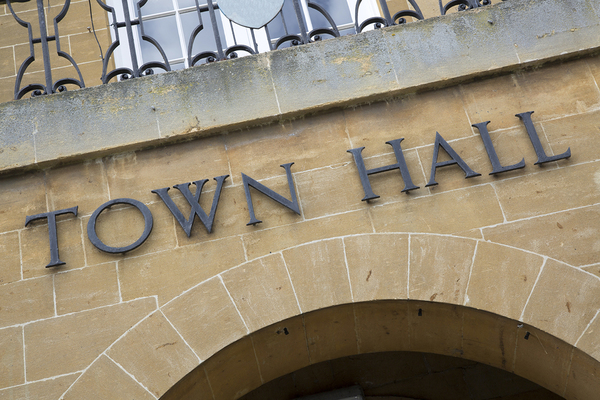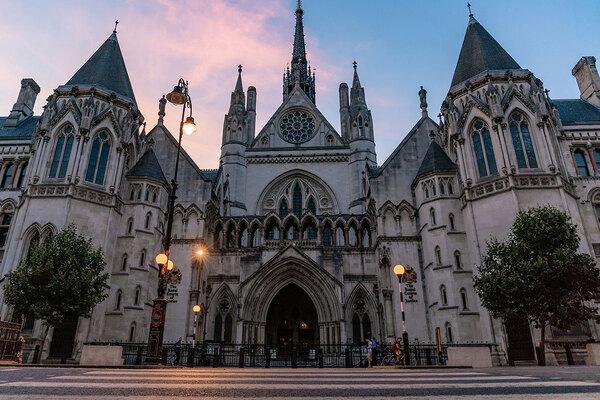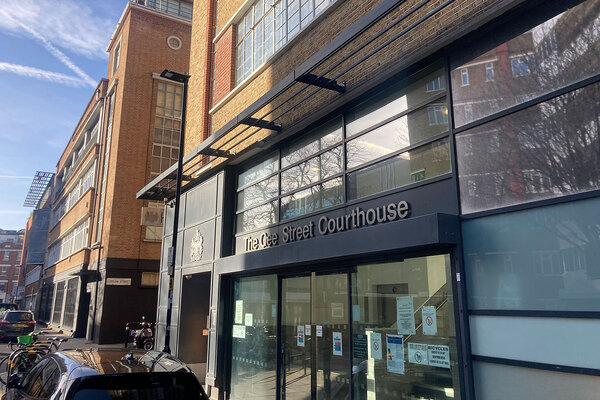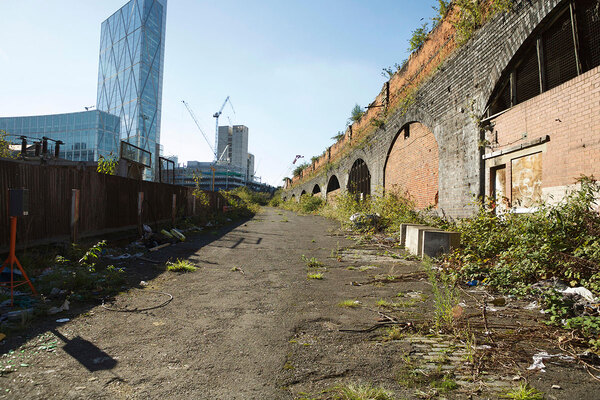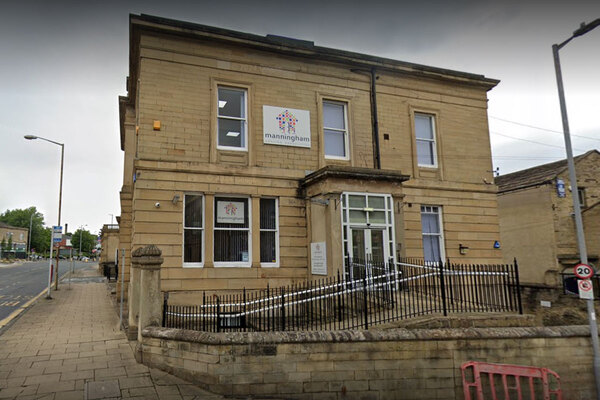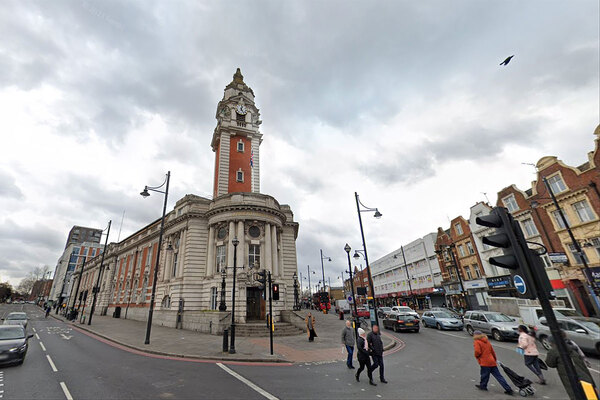
Government now appears to recognise the role of councils – but it needs to scrap Right To Buy
Terrie Alafat finds much to like in Theresa May’s council borrowing cap announcement, but wants the government to go much further
The Chartered Institute of Housing has long been calling on the government to lift the borrowing cap on councils to help them build more homes, so Theresa May’s announcement in her closing speech at the Conservative Party conference was a very welcome surprise.
I say surprise because not only was there no hint of the announcement trailed beforehand, but as recently as July housing minister Kit Malthouse was questioning why some councils hadn’t used all of the existing borrowing capacity available to them when asked about lifting the cap altogether.
Along with the Chartered Institute of Public Finance and Accountancy, the National Federation of ALMOs, the Association of Retained Council Housing and the Local Government Association, we have consistently argued for the cap to be scrapped to allow councils to play the fullest part possible in tackling our national housing crisis.
“It is important to give councils the tools they need to build more truly affordable homes for social rent.”
We know that we need to build more than 300,000 homes a year if we are to have any hope of providing a decent, affordable home for everyone who needs one – and, as Theresa May acknowledged in her speech, the last time we achieved that level of housebuilding was in the 1960s and ’70s, when councils were playing a major role.
Of course, it’s not just a numbers game – we need to make sure we are building the right homes, in the right places, at the right prices.
That’s why it is so important to give councils the tools they need to build more truly affordable homes for social rent.
The caps were originally imposed when council housing became self-financing in April 2012. And as my colleague John Perry has pointed out, although they were set by a formula, it bore no relation to individual councils’ need to build more homes: some were given more capacity (‘headroom’) than they needed; others were given none at all.
You could argue that the caps were an understandable result of the Treasury’s caution when it gave councils more financial freedom, but in practical terms they were arbitrary.
Back in 2012, councils set out programmes to build 20,000 new homes a year – in reality, they currently only manage to build around 2,500.
Of course, that is not only down to the borrowing cap – the debilitating effects of the rent cut, Right to Buy and higher rent arrears resulting from welfare changes all play their part.
It also makes it tough to come up with a definitive forecast of the impact of lifting the cap – our research in 2012 suggested that it could allow councils to build 75,000 new homes over five years, but housing revenue accounts will have been depleted since then, not least by the rent cut.
So there is a question mark over how long it will take local authorities to gear up to take advantage of this move, but we believe councils will be doing well to double their output in the first two or three years after the cap is lifted and we could look forward to further steady growth beyond that. The Ministry of Housing, Communities and Local Government says lifting the cap could result in “an estimated 10,000 additional homes a year.”
“There is a question mark over how long it will take local authorities to gear up to take advantage of this move.”
When you add it to some of the measures in the Social Housing Green Paper (scrapping the proposal to sell vacant high-value council homes to fund the extension of Right to Buy to housing associations, and consulting on ways to make it easier for local authorities to replace the homes sold through Right to Buy) yesterday’s announcement was a very positive signal.
Of course the government could go further – we believe it should suspend the Right to Buy altogether to stem the loss of homes for social rent, and avoid the possibility of the new homes built once the cap is lifted being sold off further down the line.
Our latest analysis shows the policy is costing councils £300m a year. We lost more than 150,000 social rented homes between 2012 and 2017 due to Right to Buy and other factors, and that figure will reach 230,000 by 2020 unless we take action now.
We must also note that the positive approach to social housing evidenced in recent announcements clearly doesn’t extend throughout the Conservative Party, given Boris Johnson’s deeply disappointing comments in his speech this week.
Ultimately, however, it looks like the government is starting to recognise something vitally important – the crucial role councils can and must play in tackling our national housing crisis.
Terrie Alafat, chief executive of the Chartered Institute of Housing
More on the HRA cap announcement
Government now appears to recognise the role of councils - but it needs to scrap Right to Buy Terrie Alafat finds much to like in Theresa May’s council borrowing cap announcement, but wants the government to go much further
New council house borrowing will be under prudential rules, says Porter More details of how new council borrowing rules are likely to work, from the chair of the Local Government Association
More details to come in Budget on borrowing cap The government has been unable to provide any further detail on its plans to scrap the borrowing cap, saying more information will follow in the Budget later this month.
The HRA borrowing cap explained A useful explainer of the context to the council borrowing cap along with a timeline of the story so far
Councils say scrapping debt cap will boost house building More reaction from local authorities
Scrapping HRA cap ‘could see 100,000 homes built’ Details of estimates from Savills on the potential impact of the government’s decision
May’s HRA announcement deserves its warm welcome – but the Budget will be the real test Blogger Jules Birch picks over the announcement
Sector heralds lifting of the borrowing cap as excellent news Reaction to the HRA cap axe from across the social housing sector
Government expects annual £1bn of council borrowing once debt cap is scrapped The first indication of the amount of borrowing ministers are expecting once the cap is no more
Theresa May announces plan to scrap council borrowing cap All the details of Theresa May’s surprise announcement
May's Conservative Party conference speech: the housing bits in full
Below is the text of the housing section of Theresa May's party conference speech:
"Last year I made it my personal mission to fix another broken market: housing.
We cannot make the case for capitalism if ordinary working people have no chance of owning capital.
To put the dream of home ownership back within their reach, we scrapped stamp duty for most first-time buyers – and over 120,000 households have already benefited.
We’ve helped half a million people onto the housing ladder through other schemes like Help to Buy.
And this week we have announced that we will charge a higher rate of stamp duty on those buying homes who do not live and pay taxes in the UK, to help level the playing field for British buyers.
The money raised will go towards tackling the scourge of rough sleeping.
But the truth is that while these measures will help in the short term, we will only fix this broken market by building more homes.
And that is what we are doing.
More new homes were added to our stock last year than in all but one of the last 30 years.
But we need to do better still.
The last time Britain was building enough homes – half a century ago – local councils made a big contribution.
We’ve opened-up the £9 billion Affordable Housing Programme to councils, to get them building again.
And at last year’s conference I announced an additional £2 billion for affordable housing.
But something is still holding many of them back.
There is a government cap on how much they can borrow against their Housing Revenue Account assets to fund new developments.
Solving the housing crisis is the biggest domestic policy challenge of our generation.
It doesn’t make sense to stop councils from playing their part in solving it.
So today I can announce that we are scrapping that cap.
We will help you get on the housing ladder.
And we will build the homes this country needs."
Speech given to the Conservative Party conference on 3 October, 2018.
